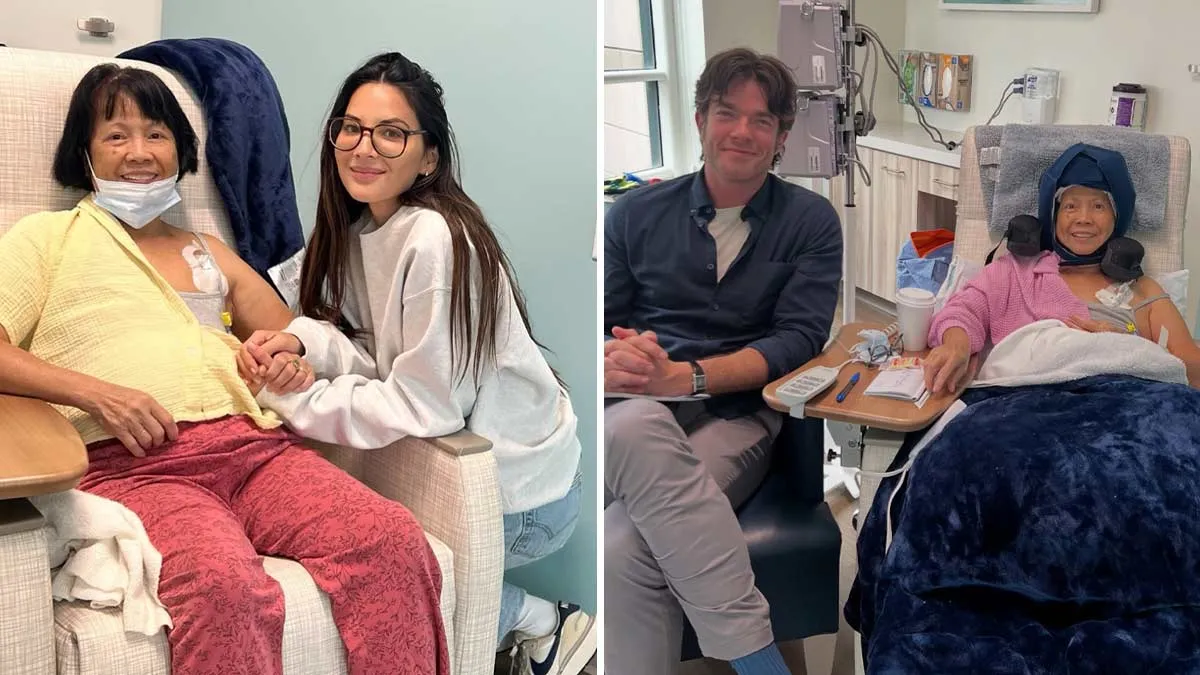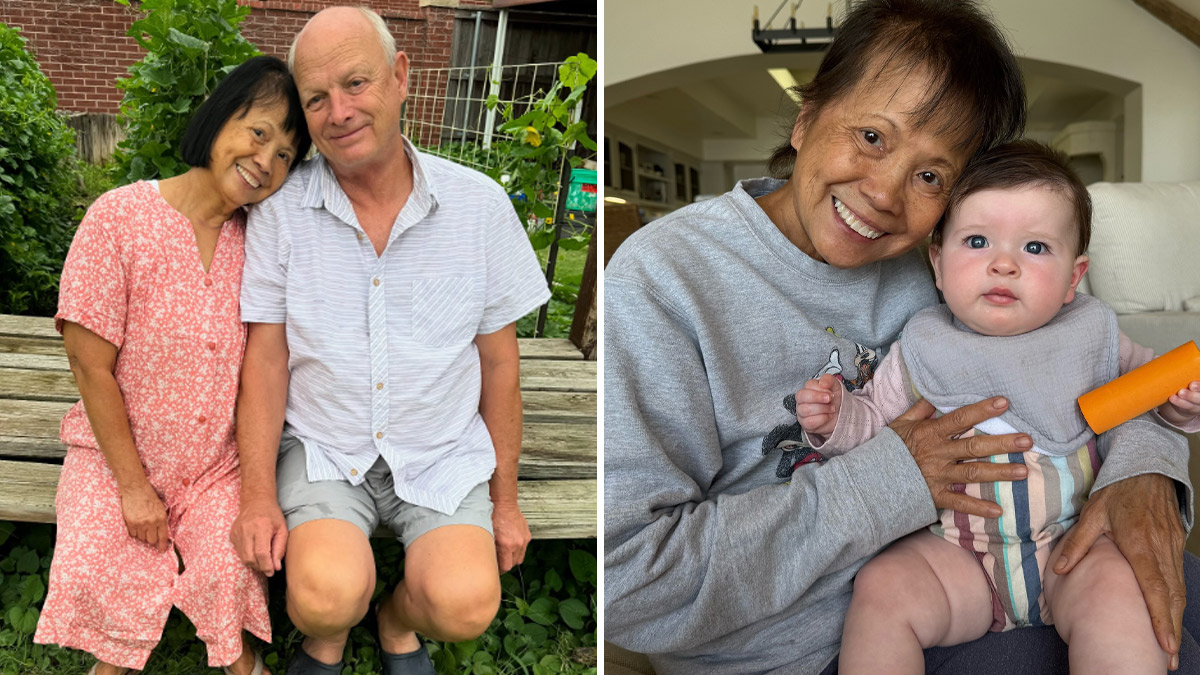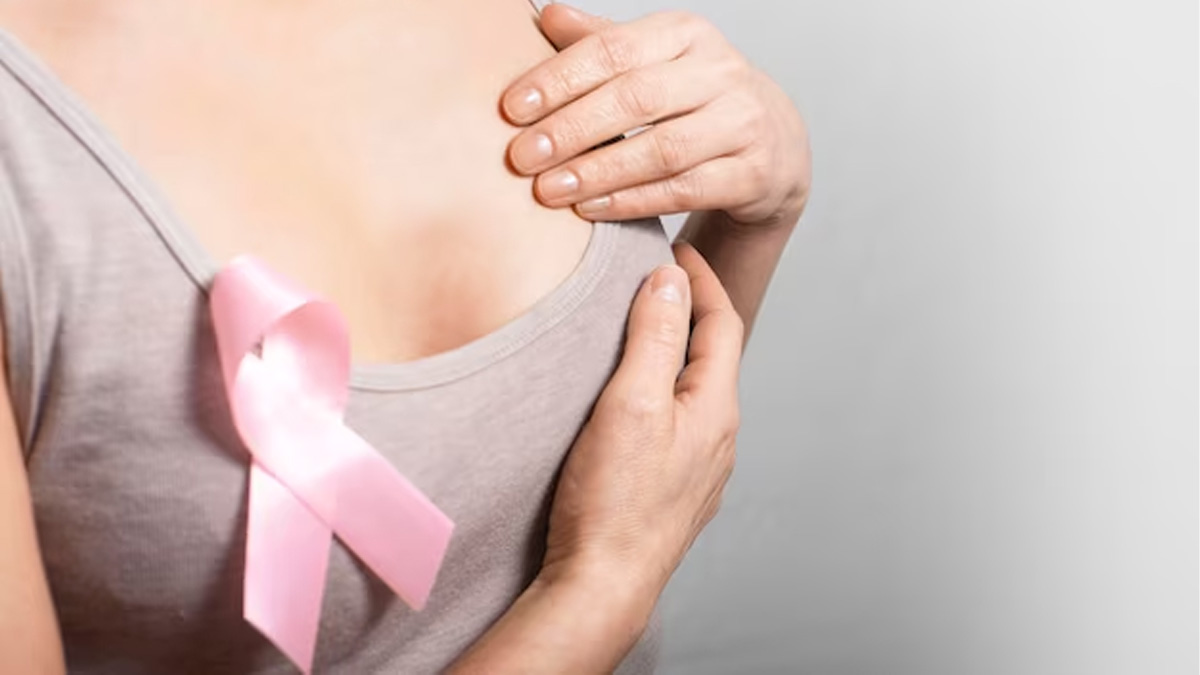
Olivia Munn has come a long way with her personal experience of breast cancer. Having informed the world of her diagnosis in 2023, her update also brought awareness to her family, which is also compelled to take action. The actress made a revelation a year later when her mother, Kim Munn, was found to have contracted HER2-positive breast cancer. The diagnosis came as a shock, but Olivia attributes a risk assessment test as the reason she could identify at an early stage that her mother had cancer and was at that stage, which could be treated. The case of the mother-daughter pair is an eye-opener, and it has stressed the point that precaution can turn out to be a game-changer when dealing with cancer.
Olivia’s Update On Mother’s Cancer
View this post on Instagram
Olivia went on Instagram to share the news of her mother's diagnosis and treatment. She further pointed out that after her diagnosis, she advised her mother and sister to take the Breast Cancer Lifetime Risk Assessment test. Despite the normal results of the mammogram taken by Kim, her risk score was high, 26.2%. Olivia even advised her mom to undergo an MRI, which showed that it was Stage 1 HER2-positive breast cancer.
Kim did a double mastectomy, followed by 12 sessions of chemotherapy, and will be doing monthly infusions of Herceptin until the fall. The post on instagram contained videos and photos of her mom's journey. It took pictures of power, levity, and grit. She explained the determination of Kim with even joking that the mother was already cooking and washing clothes just a few days of the surgery. Every line sounded of Olivia being proud of her mother, the way she faced the milieu and brought out a sense of humour.
ALSO READ: How Did David Corenswet Train For Superman: Legacy Role: Exploring His Workout Regime
The Breast Cancer Risk Assessment Value![]()
One of the measures is breast cancer risk assessment, which is a prediction tool that helps estimate the risks of an individual developing breast cancer within the next 5 years and their lifetime. Some of the common models include the Tyrer-Cuzick and Gail models.
What is the value of this? Risk assessment can do the following:
- Identifies individuals at high risk: In spite of a negative mammogram, a high risk score may result in further testing screening such as in the case of Kim Munn.
- Provides information on subsequent tests: MRI, ultrasound or genetic testing provide advice on those who face higher risk.
- Helps with early diagnosis: Earlier diagnosis of cancer, even before it is required by the symptoms, leads to better results and simpler treatment.
- Enables early prevention: Prevention can be done through the use of preventive medication, diet, or even risk-reducing surgery for high-risk individuals.
- Facilitates informed decision making: Knowing your risk will enable you and your doctor to make decisions that pertain to your health needs.
The risk assessment detects those patients who are at greater risk of developing breast cancer and may benefit from additional testing or earlier intervention. Living with breast cancer is impossible without early diagnosis. As per a study, Cancer Epidemiology, Biomarkers, and Prevention, researchers found out that survival rates among women whose cancers were identified through screening were immensely higher than those of the women who developed symptoms before being diagnosed. The study highlights the prospects of the risk-based screenings and individual evaluation instrument, especially in women whose natures are dense, or whose relatives had the condition.
Takeaway
The story of Olivia Munn shows that cancer can attack any family at any moment and no one can tell when. There is a possibility of earlier detection and better results because risk-assessment tools are able to detect what a regular screening would not when applied. You can discuss a risk assessment with your doctor in case you have a family history of cancer or have other predisposing factors.
Also watch this video
How we keep this article up to date:
We work with experts and keep a close eye on the latest in health and wellness. Whenever there is a new research or helpful information, we update our articles with accurate and useful advice.
Current Version
